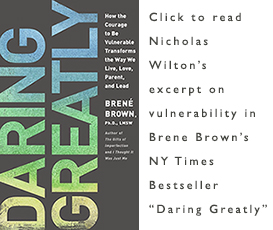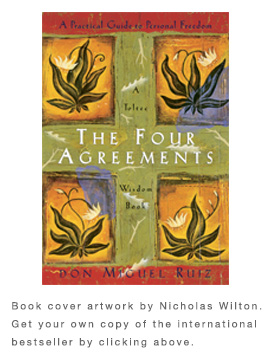 Recently I found the most beautiful green I have ever seen. I didn’t find it by mixing paint, nor did I find it in another artist’s work. I found it, quite by accident, at a cooking class in a pot of simmering pea soup. I had never made pea soup by shelling all the peas out of the pod, nor had I used watercress before in anything except maybe an occasional salad. For this soup we used both, along with mint leaves, also an amazing green color, shallots and fresh thyme.
Recently I found the most beautiful green I have ever seen. I didn’t find it by mixing paint, nor did I find it in another artist’s work. I found it, quite by accident, at a cooking class in a pot of simmering pea soup. I had never made pea soup by shelling all the peas out of the pod, nor had I used watercress before in anything except maybe an occasional salad. For this soup we used both, along with mint leaves, also an amazing green color, shallots and fresh thyme.
I loved the taste, as did everyone in the class, but the bright green color of this soup was simply extraordinary. As the circle of green in my bowl grew smaller I couldn’t help wondering why this color was so fantastic. Why does color sometimes just take your breath away? Certainly there are zillions of greens we see every day. Why does this green of my soup stand out? I should know the answer as I am in the business of making colors, but it took me a while to figure it out.
It threw me for a few minutes because, after all, this is not a painting – this is pea soup. But really it doesn’t matter what it is…principles of color should apply. And they do. By the time we were eating the desert portion of the class (Mayan mystery cookies, also good) I realized why.
There are two primary principles of color at play here.
#1 Color Richness is Created with Many Colors
Mostly it is because it is a green made up of many tiny particles of green, in this case the peas, the mint leaves, the watercress and the darker thyme leaves. There probably is a gazillion particles in my single bowl of soup. In other words, these micro contrasts of different greens create the overall richness of green. The primary difference between a square inch of the surface of my soup and, say, a gallon of green paint from Home Depot, is that my green was created from millions of fragments, particles, of slightly different greens. They optically mix and from an arms length away, the color melds together as one even green color. This kind of color, one made from many colors, is just richer, plain and simple, than one uniform painted area of flat color.
The reminder, again for me, and I hope maybe for you too, is that an area of color is often made more scrumptious if we can spend the time and attention to create it from not just one, but many colors, alongside one another. It is not just your eyes, but also everyone else’s, that can see the difference.
#2 Color Richness is Created with Depth
The second reason that the green of my soup is so beautiful is because of a second contrast: depth of color. One of the most enriching aspects of color happens when a single color’s surface is comprised of smaller areas that appear to come forward and also recede towards the background. My soup has particles of green that are doing this. Some are right on the surface (foreground) and then right beside those are other similar particles that are partially submerged. (background). The ones below the surface are slightly out of focus, slightly dimmer and distant when compared to the bright green bits of pea and mint that sit right up close on the surface. Experiencing a color that is made up of tiny color specks coming forward, contrasted with some that are receding (the ones pushed below the surface) creates extraordinary richness of color.
This happens in art making by using glazes, when thin washes of related color partially cover more opaque color. Having a surface that alternates between glazed (green pea particles under the surface) and opaque (green pea particles upon the surface) provides a visual contrast that enhances our sensory experience of the color and gives it richness.
Sometimes color looks good enough to eat. In this case you can.
To see the recipe for the Amazing Green Pea Soup, click here. And of I course I have to give credit to the San Francisco Cooking School for the recipe – to learn more about them click here.
Note: It helps if you use homemade chicken stock and fresh organic watercress and peapods.
What colors from life capture your eye?
Bon Appetit,
Nicholas



